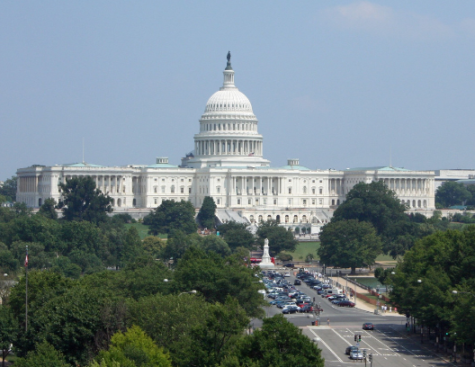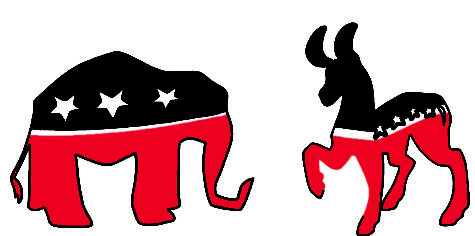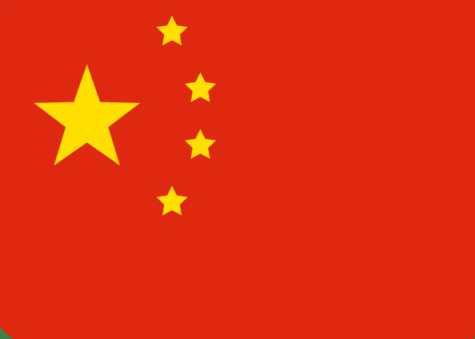Water Crisis in South Africa
The second-largest city in South Africa: Cape Town, was set to turn off its water taps on Day Zero. These measures are the result of water levels running increasingly dry because of falling dam levels, unsustainable water use, a major population boom and 3 years of severe drought. The core of the issue is that South Africa failed to diversify its water resources and instead relied on 6 dams which are all dependent on rainfall in an arid region. This ominous date was announced to commence as early as April 12 or as late as July 9 of 2018.
On Day Zero: taps, which bring piped water to businesses and homes, would be turned off until winter rains would increase water levels. This would subsequently cause the residents of Cape Town, which amount to about 400 million people, to collect water rations at one of 200 collection points. The only institutions that would remain with direct access to water would be hospitals, schools, and other crucial institutions. This emergent national problem resonates throughout the entire globe and serves as a remarkable reminder of the power of climate change and the severity of droughts. Despite being marked as one of the world’s greatest “green cities” and boasting its sustainable environmental policies, the Democratic Alliance (party controlling Cape Town) finds itself in an urgent state.
These dates have been continuously moved due to drastic conservation efforts in response to the rising water crisis. Citizens and inhabitants of the city were required to use no more than 87 liters of water per person each day. This caused the collective water use to drop from 1.2 billion liters per day to 510-520 million liters used per day. Residents also turned to collecting water from natural spring taps and installing water tanks in their homes. These have all delayed the imminent effect of complete water depletion but will not deter the consequence for much longer.






